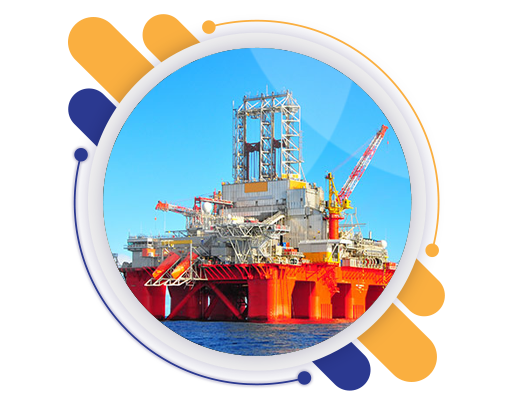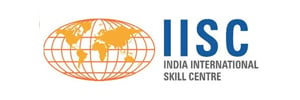"SMEClabs" is a registered trademark of SMEC Automation Pvt. Ltd. © 2024 SMEClabs All rights reserved

78%
Alumni Career Transitions
5200+
Hiring Partners
60%
Avg Salary Hike
22
Years of R & D in Syllabus
Oil and gas is, as we all know, one of the world’s largest industries. There are numerous refineries both upstream and downstream. The world economy relies heavily on oil and gas. As a result, there would be plenty of chances in this industry, and a job in oil and gas would always be safe. In the oil and gas industry, major industries are hiring certified specialists. So, if you want to work in this industry, you must be a certified professional.
SMEClabs offers PG diploma in oil gas piping , and upon completion, you will be internationally qualified. Complete the PG diploma in oil and gas piping to secure your job. Professionals in the oil and gas industry demand a wide range of skills. We offer internationally valid PG diploma course in oil and gas piping.
Piping
Mech QA/QC
** The above is the lite syllabus and doesn’t cover the full syllabus. To get full syllabus Book a Free Demo Now

Oil and gas plays, a major role in our life we can say that the whole world is running because of oil. The electricity that we utilize is transmitted from a power plant and this power plant operation is entirely dependent on natural gas or coal. Public and private transportation is entirely dependent upon the oil. We utilize cooking gas to cook our food, so we know how much energy we require in our day-to-day life. Oil and gas is a non-renewable source of energy because it is taken from the ground in the form of liquid, gas, and solids.
Fossil fuels and nuclear fuels are nonrenewable sources of energy. Crude oil, coal, and natural gas are considered fossil fuels. Oil and gas production is composed of a lot of processes like finding out the location of the oil with the help of geologists, then drilling the oil after that transporting it. So this is really a huge process and there are offshore and onshore rigs all around the world. The major reason for offshore drilling is that there is a lot of oil in the sea than on the land. Drilling oil in the sea is a lot riskier than on the land but the availability of oil is very much in the sea. India consumes a lot of energy and the oil and gas sector in India is increasing day by day. So choosing a career in this field would improve your career.
If you are planning to start a career in oil and gas then you should be a certified professional because major industries are looking for certified professionals. So SMEClabs would help you to become an internationally certified professional. A lot of our trainers are industry professionals so you would get a lot of industry knowledge from these professionals.
Certifications & Accreditations






Mode of Training
200+ hours
Learning Content + Practicals
If you are in the oil and gas industry then you would get an attractive salary package and there are a lot of job opportunities abroad too.
The term upstream is related to taking oil from the ground. Midstream is related to moving the oil and downstream is related to converting it into a final product.
The refinery is downstream because it would create the final product
SMEC, One of India’s first worldwide EPC contractor company globally recognized for its distinctive services specifically in Marine & Industrial Automation, Instrumentation, Electrical, Pneumatics, Hydraulics and Mechanical sectors which started its journey in 2001. It has a R&D and training division SMEClabs which caters job-oriented training in various domains which helps an aspiring engineer /fresher or professionals to get a jump start to their career.

PG Diploma in Oil and Gas (PGD) . Secure your career by completing the diploma in oil and gas piping. Find the right course for you.
Course Provider: Organization
Course Provider Name: SMEClabs
Course Provider URL: https://courses.smeclabs.com/oil-and-gas-courses/post-graduate-diploma-in-oil-gas/
Course Mode: Blended
Course Workload: https://courses.smeclabs.com/courses/post-graduate-diploma-in-oil-gas/
Duration: 5
Repeat Count: 4
Repeat Frequency: Daily
Course Type: Paid
Course Currency: INR
Course Price: 45000
SMEClabs
INDIA
2nd Floor Kaloor Bus stand Complex Cochin.
Ph: +91 9958873874
[email protected]
"SMEClabs" is a registered trademark of SMEC Automation Pvt. Ltd. © 2024 SMEClabs All rights reserved